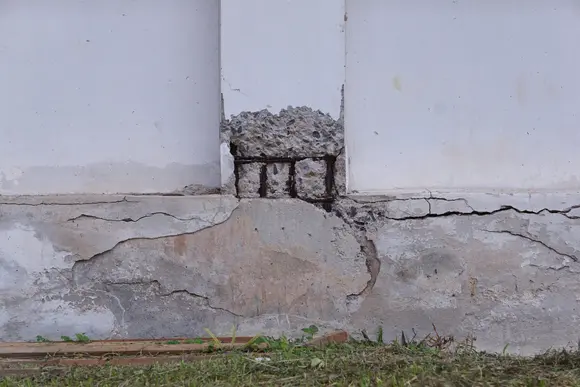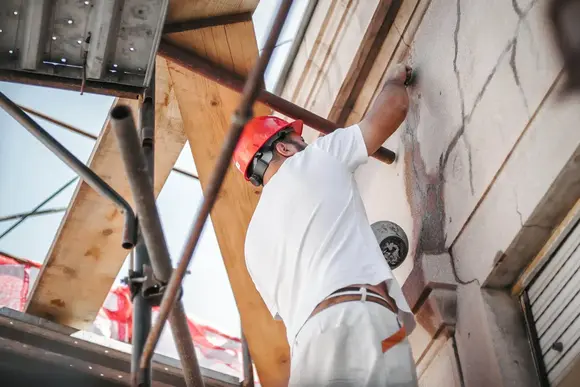Various types of concrete damage like concrete cancer, cracking need structural strengthening, and leaks in basements or ceilings require cost-effective and durable repairs in commercial, industrial, and residential buildings.
Remedial engineers can consult on these matters, and the MJ Engineering Projects team have the necessary skills and tools for any remedial design and consultation project.
Being in the industry for more than a decade, we know that addressing any problems as soon as they’re detected will prevent them from becoming more costly and difficult to fix.
Like other concrete structures, strata units are susceptible to water infiltration. The construction of strata buildings are often on top of other structures. When a concrete component develops a crack or any other weak point, such as compromised reinforcement, water will inevitably find a way to seep into the building.
Strata buildings often need repair due to the following reasons:
Crumbling or Concrete Cancer
When water penetrates concrete surfaces such as balconies, walls, floors, ceilings/soffits, columns, and more, they can become susceptible to crumbling or developing into concrete cancer.
Fractures and Cracks
Fractures or cracks in concrete are usually due to the movement in the structure, such as those produced by building settlement, subsoil subsidence, foundation shifts, or design mistakes.
A Loophole in the Strategy
Water can enter the building via concrete walls, ceilings, and flooring because of defects in the concrete or ineffective waterproofing systems. Without quick rectification the concrete will be compromised.
The Facets of Strata Remedial Building Repair
Concrete buildings, particularly strata units, face significant challenges with water infiltration. Once a concrete element develops a crack or another weak point including compromised reinforcement, water seepage is likely to occur.
We tailor our approach based on the specific nature of the repair project and the following details our strategy for managing the different aspects of the projects:
1.Conduct research
We undertake a rigorous series of diagnostic tests and investigations to thoroughly understand the issue at hand. The root cause must be identified, with an understanding of what led to the initial problem to effectively address it and prevent reoccurance.
Once we identify the main cause we decide on the most effective repair method. Typically, this process involves collaborating with our engineers, designers, and architects to ensure that operation is successfully planned.
2. Use the Latest Technology and Equipment
In order to restore the security of any concrete structure, we use tech-advanced restoration and preservation equipment.
When we are working on a project we use the latest systems relevant to your issue in accordance with the supplied guidelines for successful completion of the project.
3.Make an additional effort to accomplish anything.
If potential future contamination isn’t adequately considered, the longevity and continued performance of the repair might be at risk. We conduct research on operational and environmental factors to pinpoint possible sources of contamination and devise unique strategies to lessen their impacts in the long run.
This dual approach helps us identify potential threats while also creating specific mitigation techniques.

It is important to note that the specific remedial engineering solutions required will depend on the nature and severity of the problem. Professional assessment and expertise are crucial in determining the most suitable and effective remedial works for each situation.

A remedial engineer is an engineer who specialises in repairing structures and land that have failed or been damaged, and pose a danger to people and property. They are highly skilled in diagnosing structural problems and creating repair design specifications for unstable buildings or structures.

The word “remedial works” is a broad term that refers to any construction work that has been carried out to solve a problem or rectify an impact. It may also refer to specific works that have been carried out for these purposes.